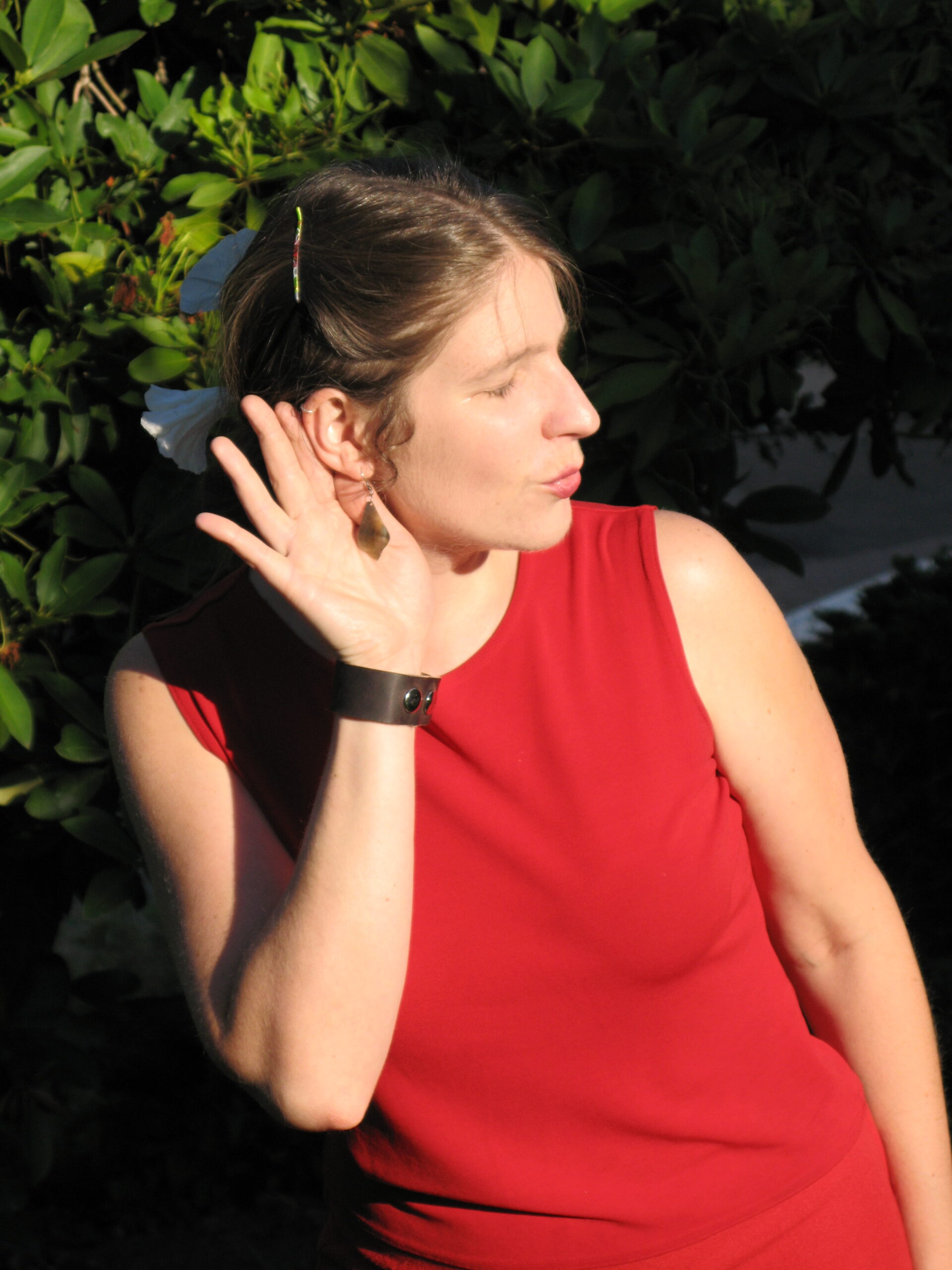In the summer of 2020, at the beginning of the Pandemic, one of the first things I noticed in the city, was how quiet things suddenly felt. Air traffic decreased greatly. My house, positioned in North Central Seattle, had been a major flight path to Sea-Tac Airport at particular times of day. I always noticed increased activity between 9-11pm, because that is when I liked to record! Many times, I would have to adjust my schedule, because it was too loud. But once the Pandemic hit, the nights became perfectly still, even in the middle of the city. During the mornings, sea planes would land on nearby Lake Union. This sound also decreased for some months. Suddenly, there was a lot less noise coming out of the sky, and subtle sounds stood out more: bird calls, neighbors walking by. A Pandemic way of hearing was appreciating the certain new quietude. However, with the noiseless nights came some discomfort, about what was going on in our world.

Then, as the summer heated up, other sounds took prominence: frequent emergency vehicles and police sirens. I noticed increased helicopter activity and during BLM protests, and more than once I heard SPD fire flash bang grenades as I lay in bed, coming from across the hills from nearby Capitol Hill. There were stories in those sounds. I imagined the Pike/Pine corridor, city streets I knew so well in my old neighborhood, and I imagined the fighting. Later, in the morning, real images on the news joined the sounds I had heard. But as I lay in bed, I felt the whole city, and the whole country, listening to what those sounds meant. I felt many ears listening to the troubles around us, and I had difficultly sleeping.
In his book, Ways of Seeing, John Berger taught the world how look at art, pop culture, and marketing, through new glasses. The book was originally published in 1972, and based on the BBC television series of the same name. It was an eye-opening way to become more visually aware, through traditional art, and in modern advertising. (The book also revealed how images of women have been used/manipulated to send particular messages over the centuries.)
Berger’s book alluded to the difference between seeing and understanding, a deeper comprehension through visually paying attention. In this same way, there is a difference between hearing and listening. Hearing is not necessarily active (if our ears and brain are working as they should). However, listening requires a bit more effort on our part. That deeper listening can have a positive payoff for us, and could even save our lives. Through closer attention to the world around us, and by simply using our every day ears, we can more clearly understand our surroundings, each other, and maybe even find better health.
Recognition of noise pollution can be a first step into a way of hearing how sound can deplete us of our energy. Sounds like sirens and gun shots put us into a state of alarm. Our bodies are sparked with a sudden jolt. An emergency warning, like a fire alarm, is intended to get us moving. It causes the heart rate to increase. However, if we are moved to a sudden fight-or-flight mode physically, just for the sound of a continual jack hammer and city white noise, our energy may slowly drip away. Dr. Mitchell Gaynor, in his book “The Healing Power of Sound” said “when we are under chronic stress, our sympathetic nervous systems go into overdrive.” This causes stress hormone release from our adrenal glands, including adrenaline and cortisol. Some negative side effects of chronic stress include contracted muscles, blood pressure increase, sped up heart rate, and shortness of breath.
A way of hearing is to take note of our physiological reaction to the sound. As we begin to acknowledge how frequent noise pollution is prevalent in modern times, we might just want to pull the actual plug on all of the alert buttons we have made for ourselves. If the sound or noise isn’t necessary, it just might be a nuisance. Some negative effects of noise pollution can be increases anxiety, insomnia, and even more seriously can be linked to heart disease, high blood pressure, and stroke according to Dr. Elizabeth Scott. Two things with proven scientific positive results to combat stress from noise pollution: mediation and relaxing music.
Practice quiet ways of hearing. Notice the fine sounds that we ourselves emit: our breath, our heartbeat, a burp, the way our hair sounds as it courses through a brush. Sounds have stories of what someone nearby is doing: a hose spray, or the keys tapping on my computer, for instance. And more sounds: a dog groaning, a rice steamer opening, bus wires clattering, or a phone alarm, can give environmental clues of who or what is nearby. Practicing hearing the small mundane sounds can get us to pay closer attention to life in a broad sense.
Background white noise we might not even notice: Refrigerator hum. Water running for a bath.
Even more sounds: Dishes clanking in the sink. Jump rope on pavement. Tennis shoes squeaking. Water lapping at the lake. A flagpole in the wind. A train toot. A boat horn calling for the bridge to lift, then the bell alerting traffic below of its lifting. The mailman opening a metal mailbox. A baby’s tears. Cans of beans falling from a grocery store display. A credit card payment alert ping. A sigh. A washing machine cycle ending. A record coming to its end.
Extra credit: What are the ways we don’t hear – What is the sound of regret? Of a wrong turn? Of a failed friendship? What is the sound of sorrow? Of someone not listening to our words? What is the sound of love? What is the sound of a child growing up? How can we learn to listen better to one another?